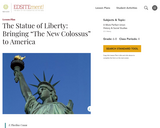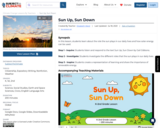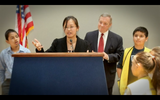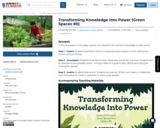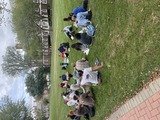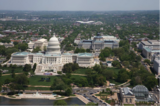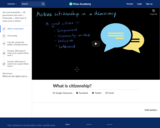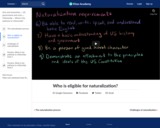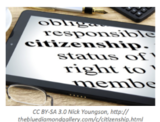
To be good citizens, we have to think about the whole of our lives—about how we treat the people around us, how well we take care of the natural world, and what impact all our actions will have on the future. This is the teacher guide companion to The State We're In: Washington (Grade 3-5 Edition) Chapter 11. The resource is designed to engage students with a launch activity, focused notes, and a focused inquiry.
- Subject:
- History
- U.S. History
- Material Type:
- Lesson Plan
- Author:
- Leslie Heffernan
- Jerry Price
- Kari Tally
- Barbara Soots
- Margit McGuire
- Date Added:
- 10/03/2021
